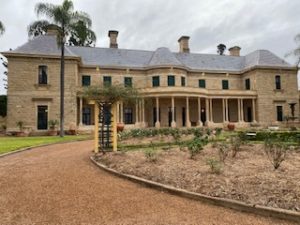
Jimbour House, Qld
The first event for the 2021 Queensland Music Trails tour began at Jimbour House, part of the historic Jimbour Station. The tour takes in the Darling Downs then heads out west before moving up to Central Queensland. From grey nomads to music buffs of all genres, the response was overwhelming at the historic station. Camper vans, mobile homes and tents sprang up around the homestead. Hundreds were following the outback music trail after the opera at Jimbour, out west to Charleville (Music for Stargazing), then Quilpie (Echoes in the Dust), Windorah (Oasis Afternoon) and Birdsville (Big Red Bash).

At Jimbour there were six Lawn Gala concerts, recitals in the Drawing Room and concerts of chamber music with Ensemble Q’s intimate program in the Hanger. This venue had been used in the past for Alex Russell’s light plane. The weather was cold but the reception was warm and friendly for the weekend of Opera at Jimbour on the Western Plains. A tradition of music has been proudly continued. All concerts resonated to resounding applause as in days gone by.
Station manager Henry Dennis built the first primitive hut at Jimbour around 1841. The owner of the property Richard Tod Scougall then built a wooden slab house. Scougall had arrived in Sydney on 28 October 1832 from Leith, Scotland on the barque Minerva. He acquired properties on Liverpool Plains in NSW and in the Hunter River district. In 1841 he took up approximately 300,000 acres. He sold to Thomas Bell on 6 March 1844. At this time the property was noted as Gimba in the district of Darling Downs.
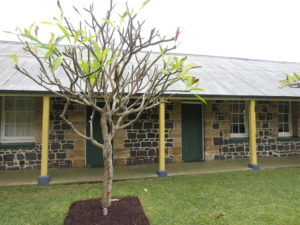
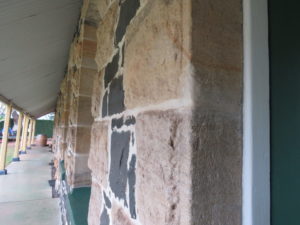
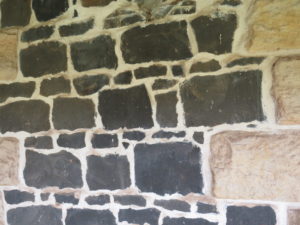
Scougall’s dwelling of wooden slabs burnt down in 1867 and the Bell family built a two-storied house of bluestone and cedar. Mason’s marks are clearly visible in the sandstone corner stones around the doors and windows on the old bluestone cottage at Jimbour. I began studying these ancient marks some years ago when I was in Ballarat, Victoria and discovered over 60 different marks in the bluestone on a water channel, the Yarrowee. https://dorothywickham.com.au/projects/masons/
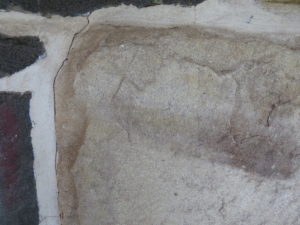
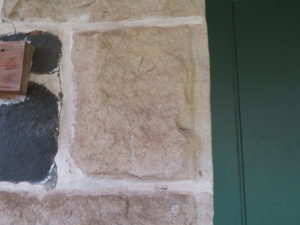


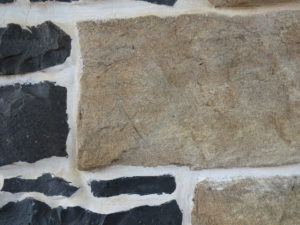
Jimbour House that stands on the site today was built around 1874-1876. The stone was sourced from Bunjinnie and the cedar from the Bunya Mountains. According to the plaque erected by the Queensland Women’s Historical Association ‘subsequent owners were Ryder and Thomas in 1912 and C. R. Wippell and son 1922-1924. Wilfred Adams Russell purchased Jimbour in 1924 and with his wife, redecorated and furnished. On Russell’s death in 1932 his son Charles Wilfred Russell became manager of the property.